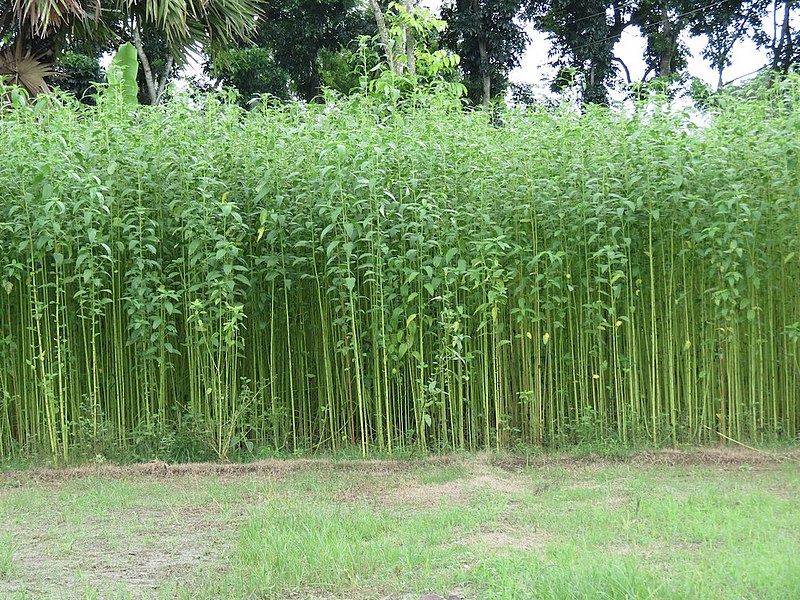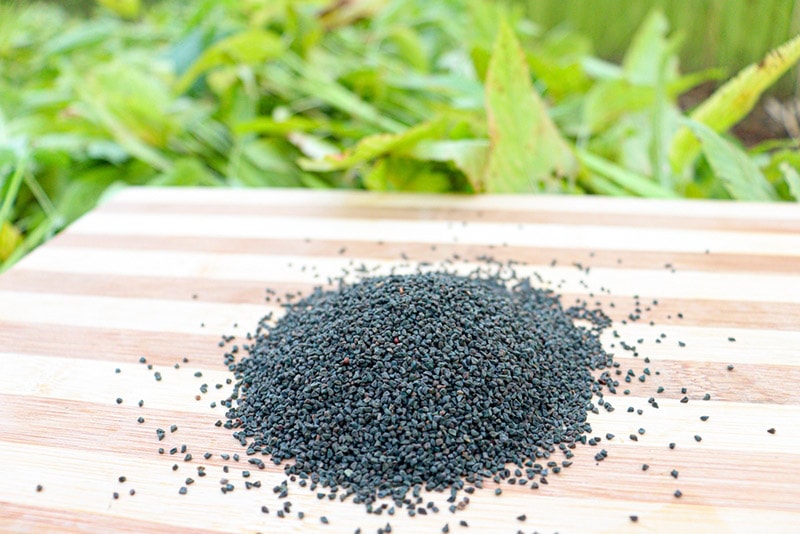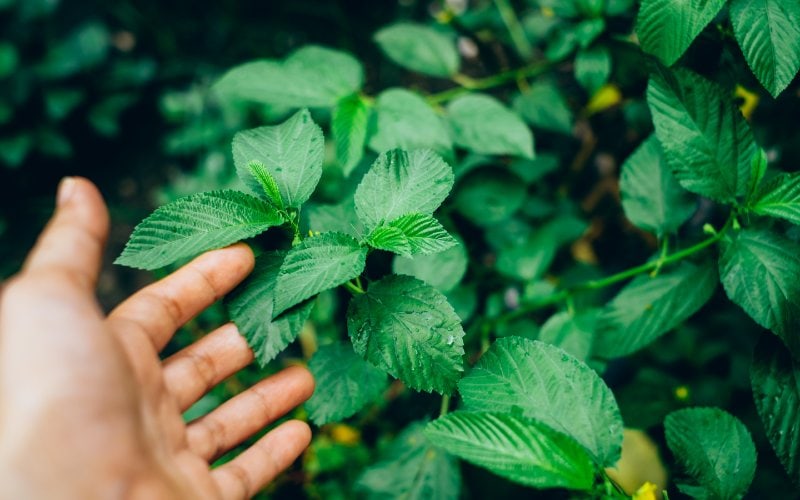How To Grow Jute Plants In Your Backyard (Step-by-Step Guide)
-
Ed Malaker
- Last updated:

Jute is a fun plant to grow, especially if you are into making burlap and other materials, but many people struggle to grow it on their property. If this sounds like your situation, keep reading while we provide you with a step-by-step guide to producing strong, healthy plants year after year.
We’ll discuss seeds, soil, light, location, fertilizer, and more to help improve your garden to receive a larger harvest.
Before You Begin
Before you start growing Jute in your backyard, we recommend getting all of your supplies together, so you won’t need to stop until you finish the project. You will need a small shovel, loamy sand or clay, seeds, pots, and possibly a portable greenhouse. You will also need to decide what type of Jute you are growing. The most common kinds are White Jute, which we use to make fibers, and Saluyot, which we eat like Spinach. We look at growing both kinds below.
- Small shovel or trowel
- Loamy sand or clay
- Jute seeds
- Pots
- Portable greenhouse (optional)
Growing White Jute
1. Prepare the Pots
Once you get your tools and supplies together, it will be time to start the seedlings. We recommend starting the seeds in pots as they are especially prone to water damage when small, and it’s easier to control drainage in pots. Use well-draining or loamy soil in the pots that will prevent moisture from building up and damaging the roots, even when watering daily.
The soil should be slightly acidic with a pH of about 6.4 and contain plenty of nutrients, especially nitrogen. Make sure there are several holes in the container for water to escape.
2. Add the Seed
Sprinkle your seeds over the top of the soil about 1 inch apart and cover lightly with additional soil. One of the best ways of improving your chance of success is to put the pots in a warm, humid environment. While Jute can grow in cooler temperatures, it prefers a growing zone of 9–11, especially when it’s small, which can be hard to find in much of the United States. Planting in the warmer months and placing the pots in direct sunlight can help.
A small portable greenhouse is even better because it will help you raise the temperature while retaining humidity and can extend your growing season considerably.

3. Water Daily
Water your seeds daily, ensuring that any excess water drains away quickly. Your seeds should start germinating within 3 days and will turn into seedlings that you can transplant in 1–2 weeks.
4. Transplant
You can carefully transplant your Jute into the grounds about 2 weeks after you start the seeds. Choose a location with plenty of sunlight and well-draining soil, like we did to start the seeds. You can add coarse sand, small twigs, and other organic material to help improve drainage if you need to or mix in a commercial brand to help improve it.

5. Continue to Water
You will need to continue watering your plants several times weekly to help them grow strong and healthy. Your goal is to keep the soil moist but not soggy.
6. Harvest
Your Jute will be ready to harvest after it flowers but before the flowers go to seed, which usually takes about 4 months. Achieving the high temperatures required for optimal growth for this long can be challenging in many places in the United States, but a greenhouse can help. Cut the stalks close to the ground and tie them in bundles.

Growing Saluyot

1. Prepare the Pots
Saluyot is another type of Jute that is popular in the United States due to its much shorter growing cycle. To grow Saluyot prepare your pots with well-draining moisture control soil. You can also add the seeds directly to the ground in your backyard if it has adequately draining soil but place a cover over them to help block direct sunlight while allowing indirect sunlight through.
Improve drainage with small racks, sand, and organic ingredients like small twigs and dead leaves. You can also mix in well-draining commercial soil to improve it.
2. Add the Seed
Sprinkle the seeds over the surface of the dirt evenly and cover them with a thin layer of soil.
3. Water
Place the pots out of direct sunlight and water them daily. A greenhouse can help increase temperature and humidity. The seeds should sprout within 3 days, and you will continue to water daily, keeping the soil damp but not wet.
4. Increase Sunlight
After the seeds germinate, you will need to increase the amount of sunlight that reaches the plant, so move them to a sunny location or remove the cover.

5. Harvest
Continue to water your plants frequently until they reach about 2 weeks when they are ready to harvest. While the raw leaves can taste bitter, cooked leaves taste great and contain tons of nutrients.
Conclusion
Growing Jute in your backyard is not difficult, but it requires a warm environment and plenty of water. Southern states will have an easier time as the warm season is longer, making it possible to get a good harvest. Still, northern states can succeed with temporary or portable greenhouses that aren’t too expensive and some careful planning.
Many gardeners have an easy time growing Saluyot in the summer as it only takes a few weeks to reach harvest, so even northern states can grow crops each year as long as the soil stays damp but not soggy.
Featured Image Credit: Jute Plants, Malcolm Manners, Wikimedia Commons CC BY 2.0
Contents
